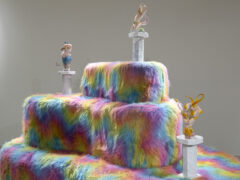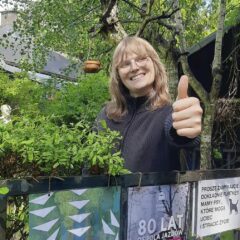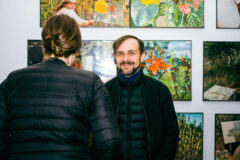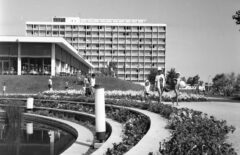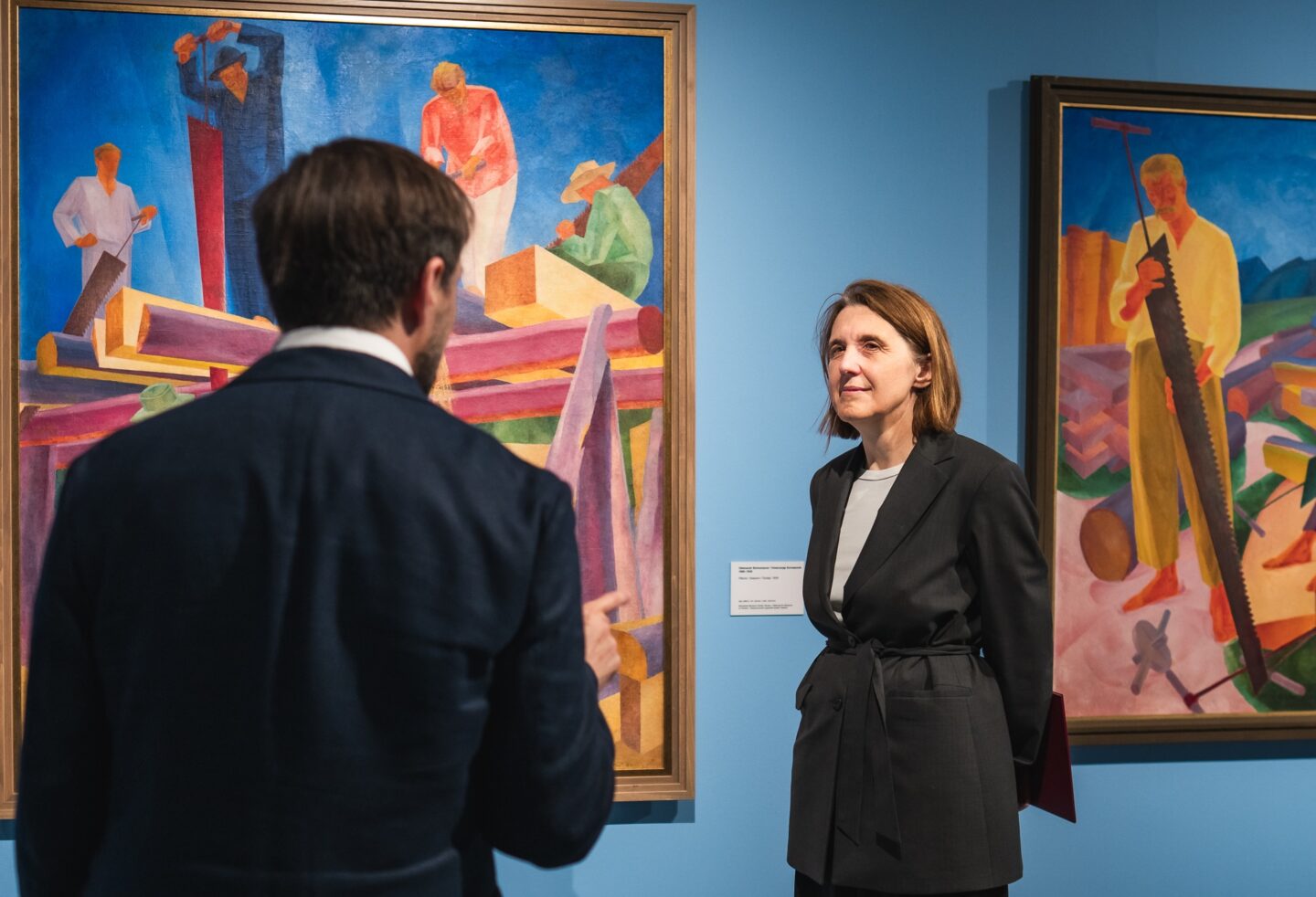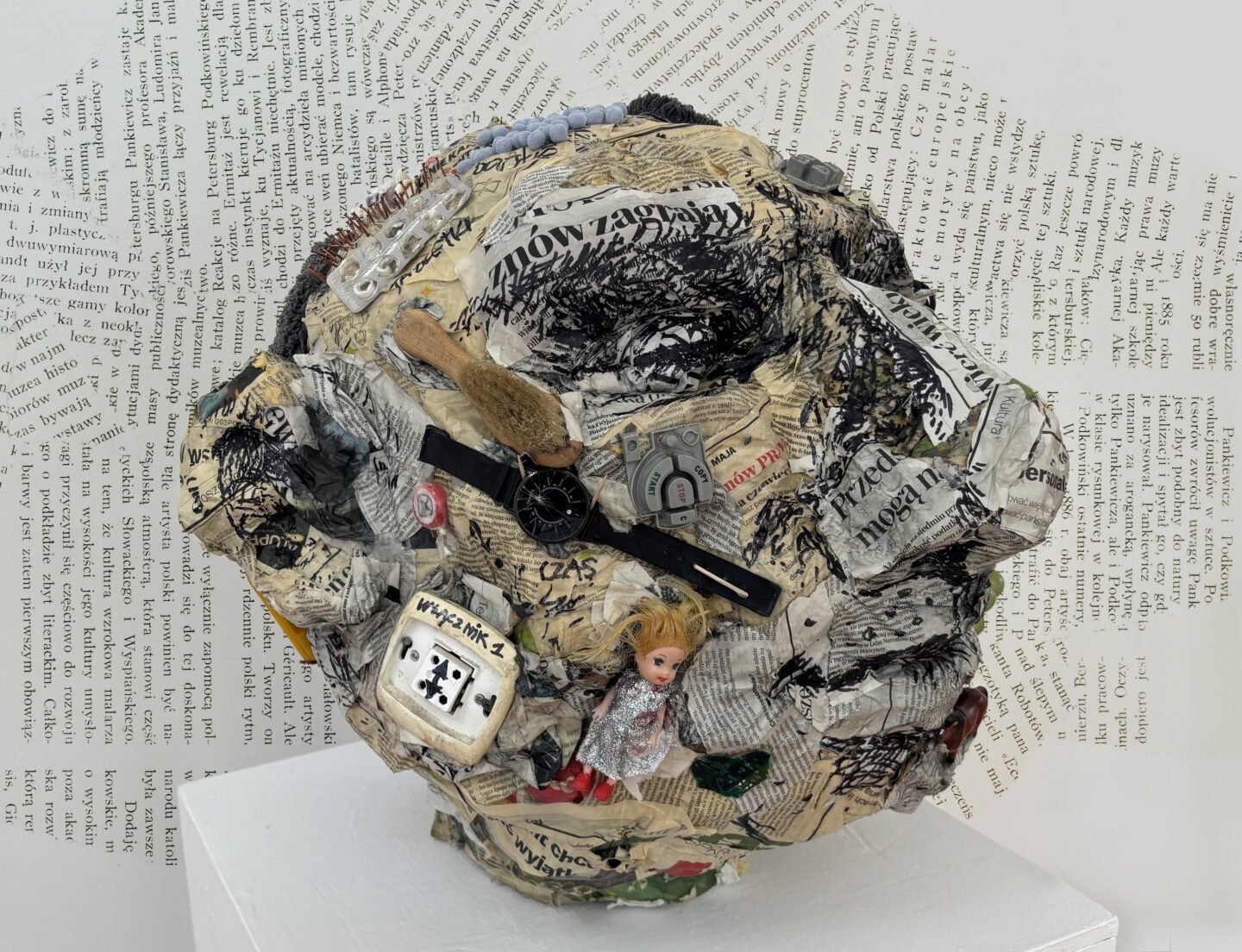„Stream not found” Mateusza Piestraka w Assembly Gallery
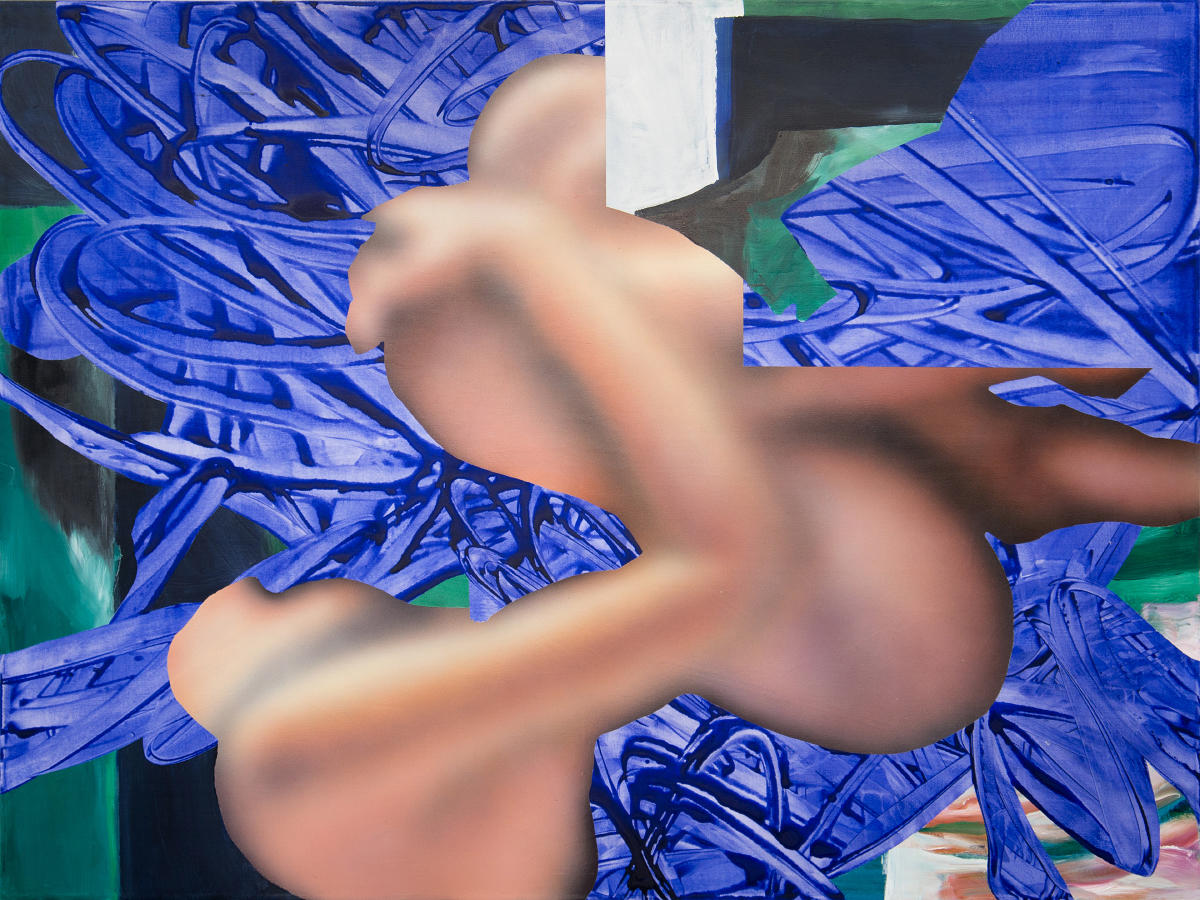
W nowej serii obrazów Stream not found Mateusz Piestrak rozwija podjętą we wcześniejszym cyklu Widzialności (2015-2016) koncepcję „odkrywania” obrazu. Motywy podejmowane przez artystę pozostają w ciągłym ruchu, w stanie nieuchwytnej wieloznaczności. Pozornie chaotyczne i przypadkowe abstrakcyjne formy kryją przemyślaną kompozycję – otwartą na widza, rozpiętą między współczesnością a tradycją.
Piestrak po raz pierwszy wplata do swego abstrakcyjnego świata figuratywne motywy – parafrazy fragmentów dzieł starych mistrzów, dobrze znanych z tradycji malarskiej. Cytaty Piestraka bywają jednoznaczne – jak Narcyz Caravaggia w obrazie Strumień. Najczęściej jednak cytowany fragment, zamaskowany pod powierzchnią wielu warstw, jest zdeformowany, odkształcony, zaś moment ostatecznej konkluzji widza zawieszony gdzieś pomiędzy (…), na przykład obrazami Hoppera a piosenkami Pink Floyd (Goodbye blue sky). Artysta dobiera motywy według nieoczywistego klucza, czerpiąc naprzemiennie z codzienności, tradycji malarstwa, rzeźby i dokonań współczesnych artystów, żongluje także cytatami zaczerpniętymi z fotografii. Analizując odwrotność pozytywu, czyli oryginału, dodatkowo czyni z tego swój malarski statement, przypominający raczej ironiczny protest, niż zapis planów na przyszłość (Make painting great again). Powtarzające się na wystawie czarne negatywowe obrazy, jak i inne intrygujące, absurdalne powtórzenia podobne są do tych, które spotykamy w życiu: coś zdarza się jeszcze raz, i jeszcze raz, i jeszcze. Artysta zdaje się zauważać, że historia niczego nas nie nauczyła, że wszystko się (znów) powtarza.

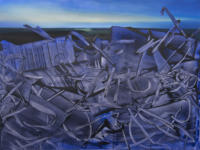
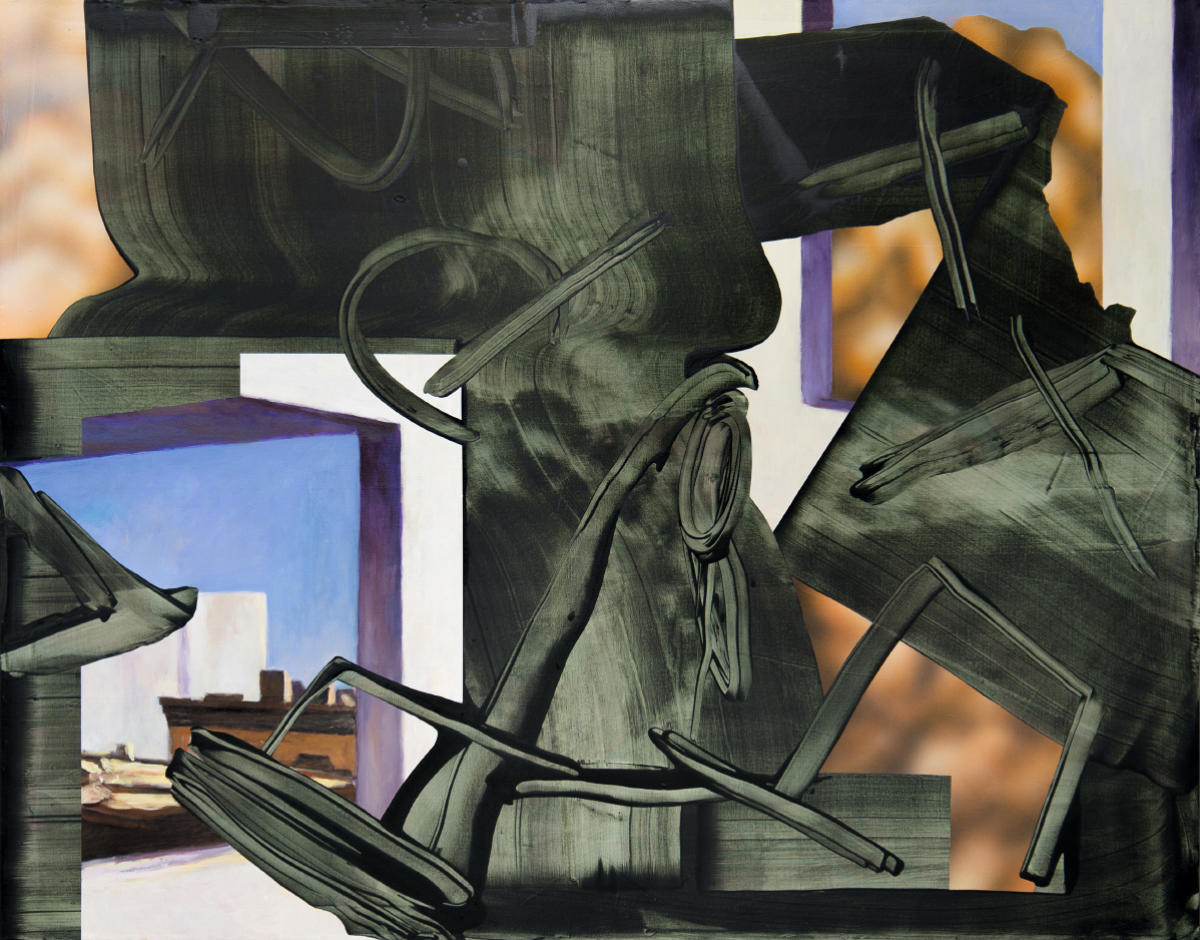


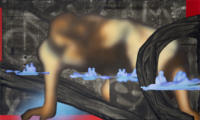
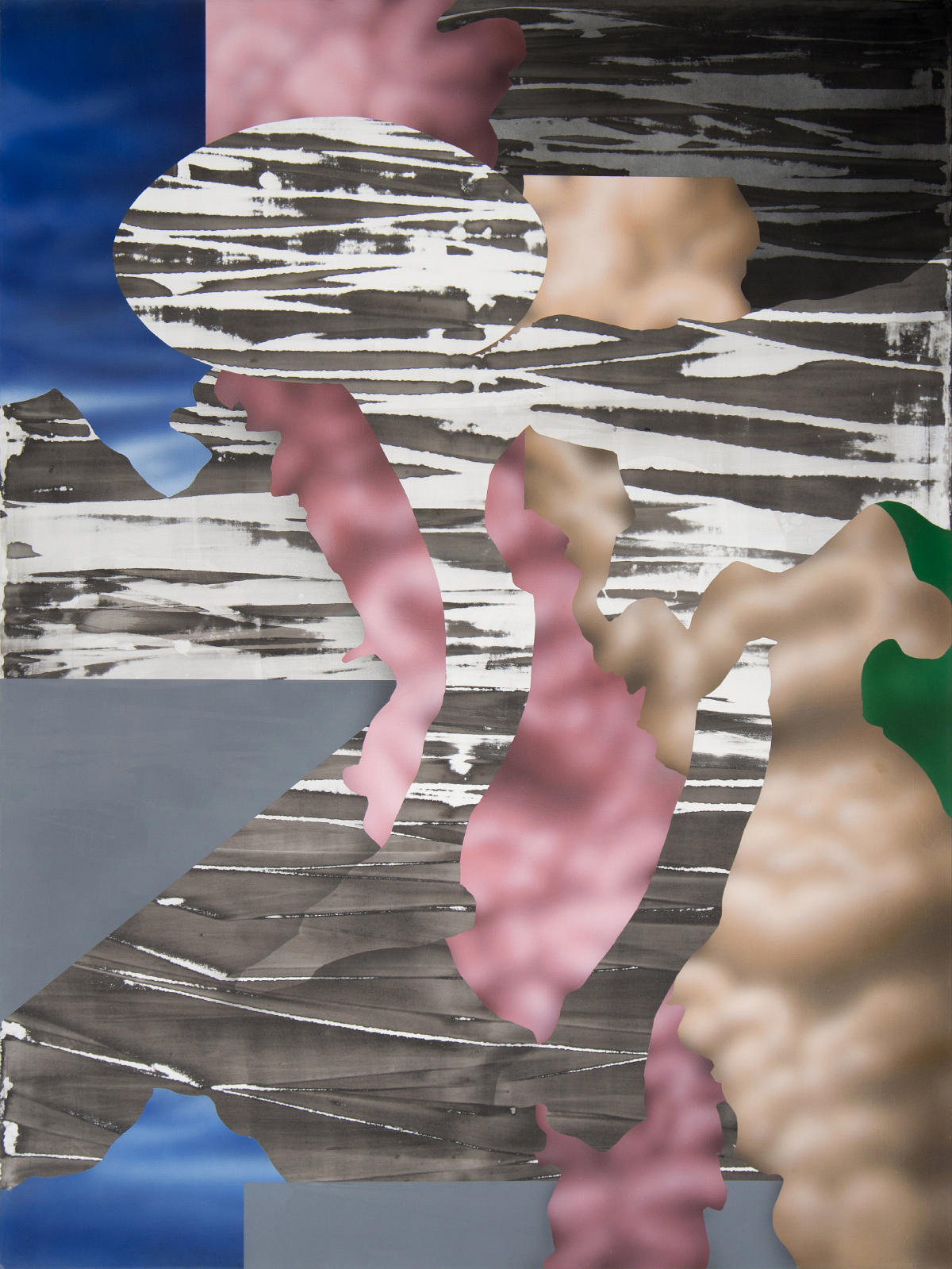

Ruchome rozważania malarskie z cyklu Stream not found umykają jednoznacznej interpretacji. Piestrak nie zaczyna pracy nad obrazem od myślenia w kategoriach narracji – woli, aby ta konstrukcja pojawiła się u odbiorców, by obrazy pobudzały ich pamięć i sprawiały, że sami zaczną budować historię. Artysta dryfuje przez własną epokę zamieniając źródło inspiracji w fikcję. Mnożąc równoległe perspektywy sprawia, że narracja w jego pracach jest zawsze wielopoziomowa, fragmentaryczna, mglista i mocno uzależniona od indywidualnych doświadczeń odbiorcy. W akcie patrzenia na hybrydy Piestraka nie ma więc nic pasywnego. Stając przed obrazami z cyklu Stream not found, powinniśmy być przygotowani na to, że wymagają one spojrzenia, które – jak by to określił Georges Didi-Huberman – „[…] nie zbliża się tylko po to, by odróżniać i rozpoznawać, za wszelką cenę nazywać to wszystko, co uchwycone, lecz które oddala się nieco i powstrzymuje od objaśnień. Chodzi o zaburzoną uwagę, zawieszenie momentu konkluzji, dzięki czemu interpretacja może rozwinąć się w różnych kierunkach, pomiędzy uchwyconą widzialnością a przeżytym doświadczeniem utraty”.[1]
Katarzyna Kucharska
[1] Georges Didi-Huberman, Przed obrazem. Pytanie o cele historii sztuki, Gdańsk 2011, s. 16.
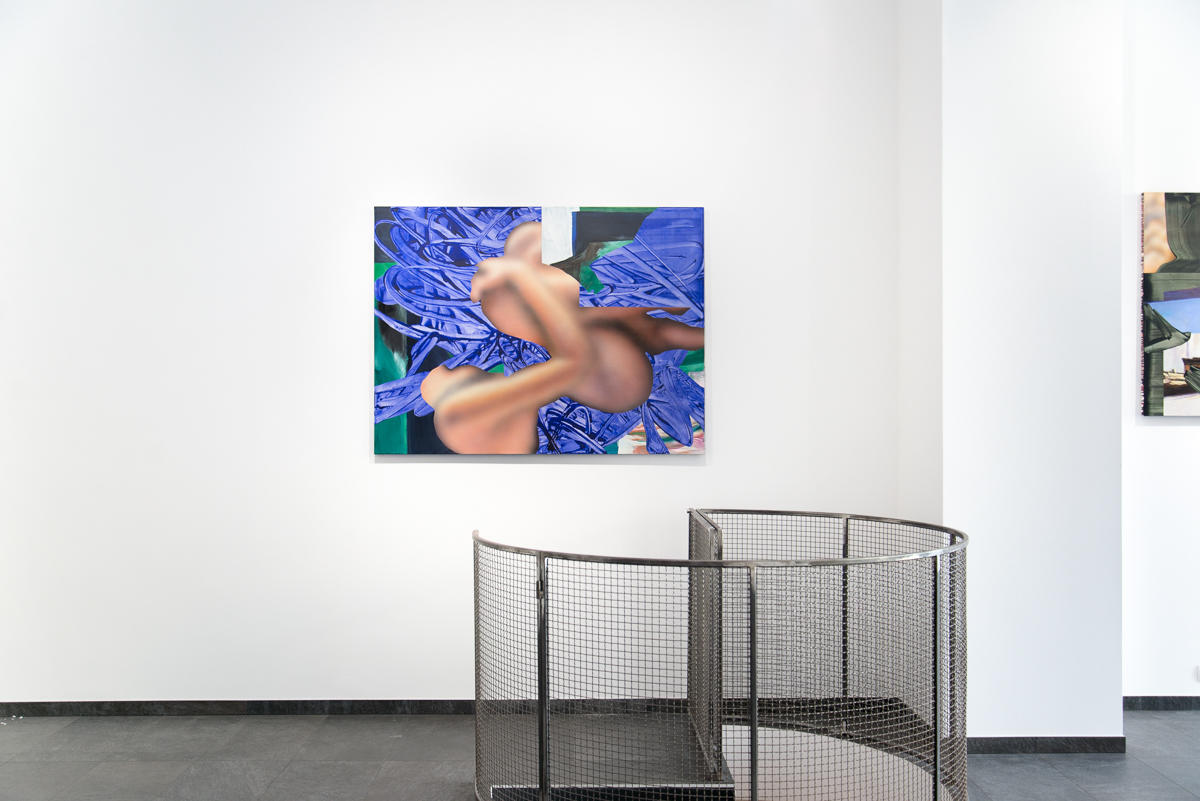
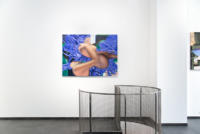



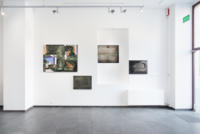

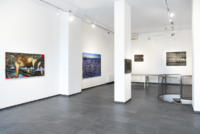
In the new series of paintings titled Stream not found, Mateusz Piestrak develops his concept of „discovering” the image, which he started in Visabilities (2015-2016). Motives undertaken by the artist stay in constant motion, in the condition of indefinable ambiguity. Seemingly chaotic and random abstract forms conceal the well-thought-out composition, spread between the modernity and the tradition, and open to the viewer.
Piestrak includes figurative themes into his abstract world for the first time. He paraphrases fragments of artworks by the old masters, well known from the tradition of painting. Piestrak’s quotes sometimes are unequivocal – like Caravaggio’s Narcissus in the painting Stream. However, most often the quoted fragment, masked under the surface of many layers, is deformed and misshapen. The moment of the viewer’s final conclusion is suspended somewhere between (…), for example Hopper’s paintings and Pink Floyd’s songs (Goodbye blue sky). The artist chooses motives according to the non-obvious key, drawing inspiration alternately from everyday life, the tradition of painting and sculpture, achievements of contemporary artists, or juggling quotes taken from photographs. Analyzing the original as the reverse of the positive – Piestrak formulates his artistic statement, which reminds rather an ironic protest than a plan for the future (Make painting great again). Variety of the black negative paintings repeated on the exhibition, as well as other intriguing, absurd repetitions, are similar to those we encounter in life: something happens again and again and again. The artist seems to notice that history has taught us nothing, everything (again) is repeated.
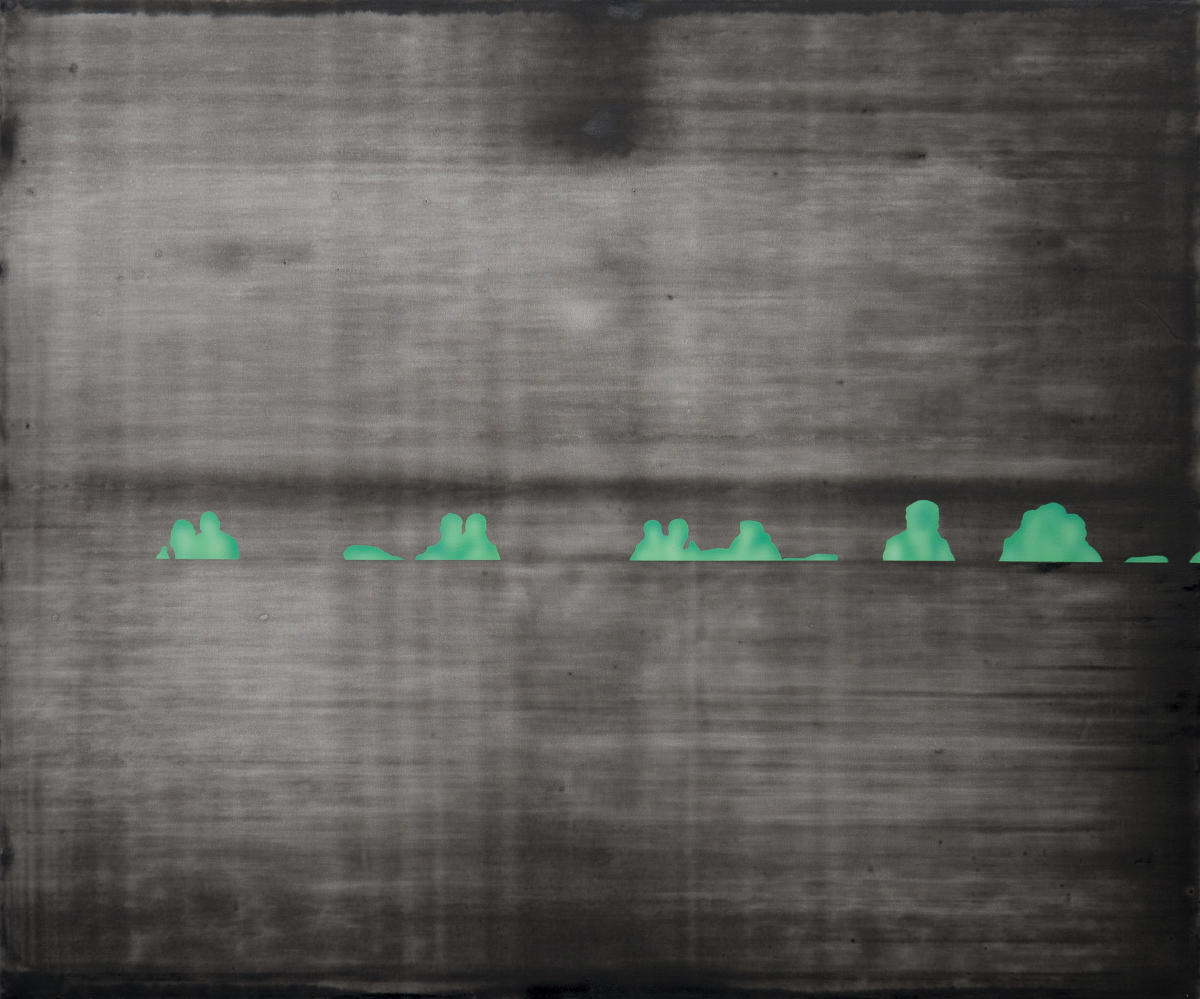
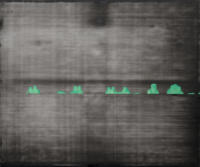
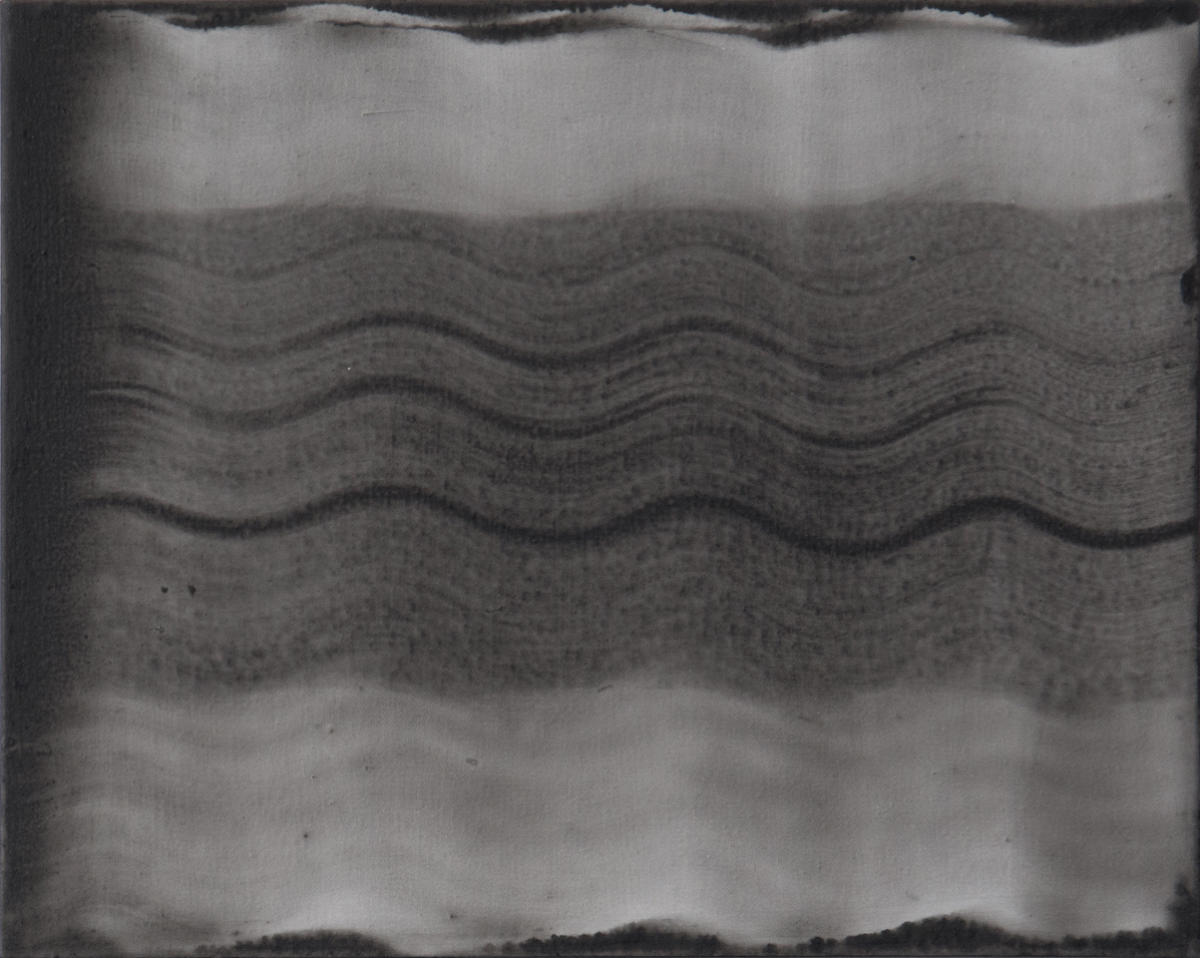


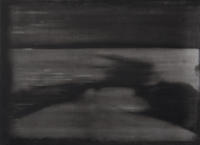
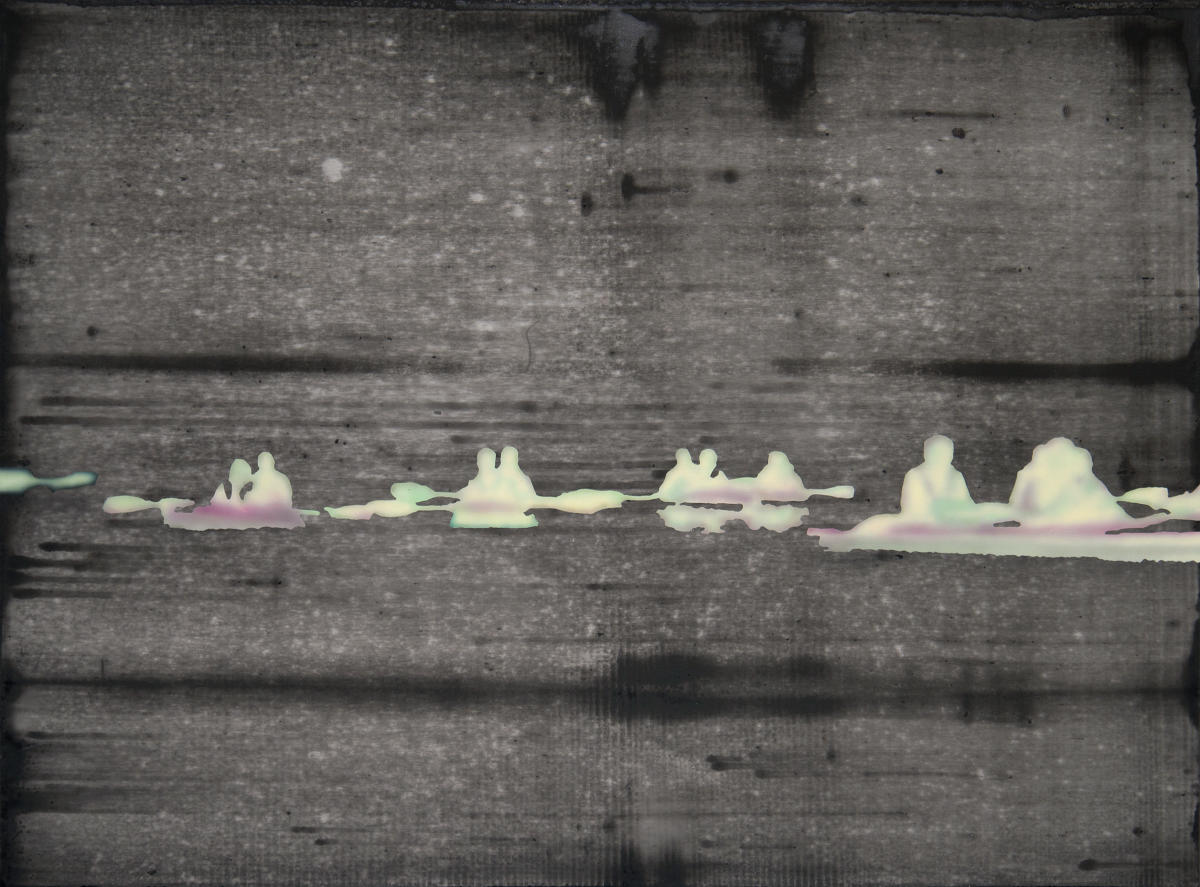
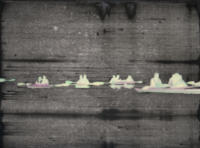
Image considerations from the series Stream not found stay in constant motion and evade from unambiguous interpretation. Piestrak doesn’t begin his work from thinking in terms of narration – he rather strives for this construction to appear at the audience, letting the images stimulate the viewers’ memory and make them start building the story themselves. The artist drifts through his own epoch, turning the source of inspiration into fiction. By multiplying parallel perspectives, the narration in his works is always multidimensional, fragmentary, foggy and depends strongly on the individual experience. There is nothing passive in the act of looking at the Piestrak’s hybrids. Facing images from the Stream not found series, requires an approach that, as Georges Didi-Huberman puts it „[…] a gaze that would not draw close only to discern and recognize, to name what it grasps at any cost—but would, first, distance itself a bit and abstain from clarifying everything immediately. Something like a suspended attention, a prolonged suspension of the moment of reaching conclusions, where interpretation would have time to deploy itself in several dimensions, between the grasped visible and the lived ordeal of a relinquishment”.[1]
[1] Georges Didi-Huberman, Confronting Images: Questioning the Ends of a Certain History of Art, The Pennsylvania State University Press 2005, p.16.
Przypisy
Stopka
- Osoby artystyczne
- Mateusz Piestrak
- Wystawa
- Stream not found
- Miejsce
- Assembly Gallery, Poznań
- Czas trwania
- 31.03 - 23.04.2017
- Osoba kuratorska
- Katarzyna Kucharska
- Strona internetowa
- assemblygallery.com

